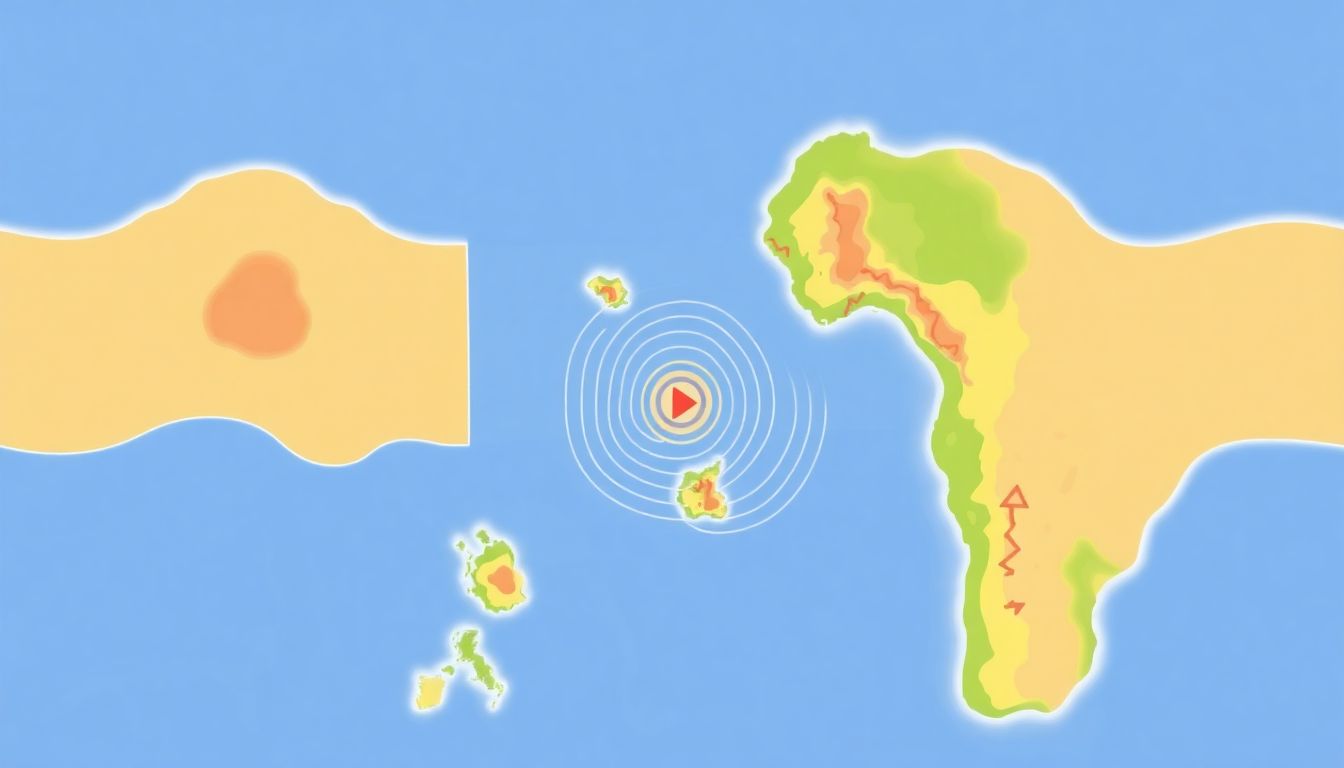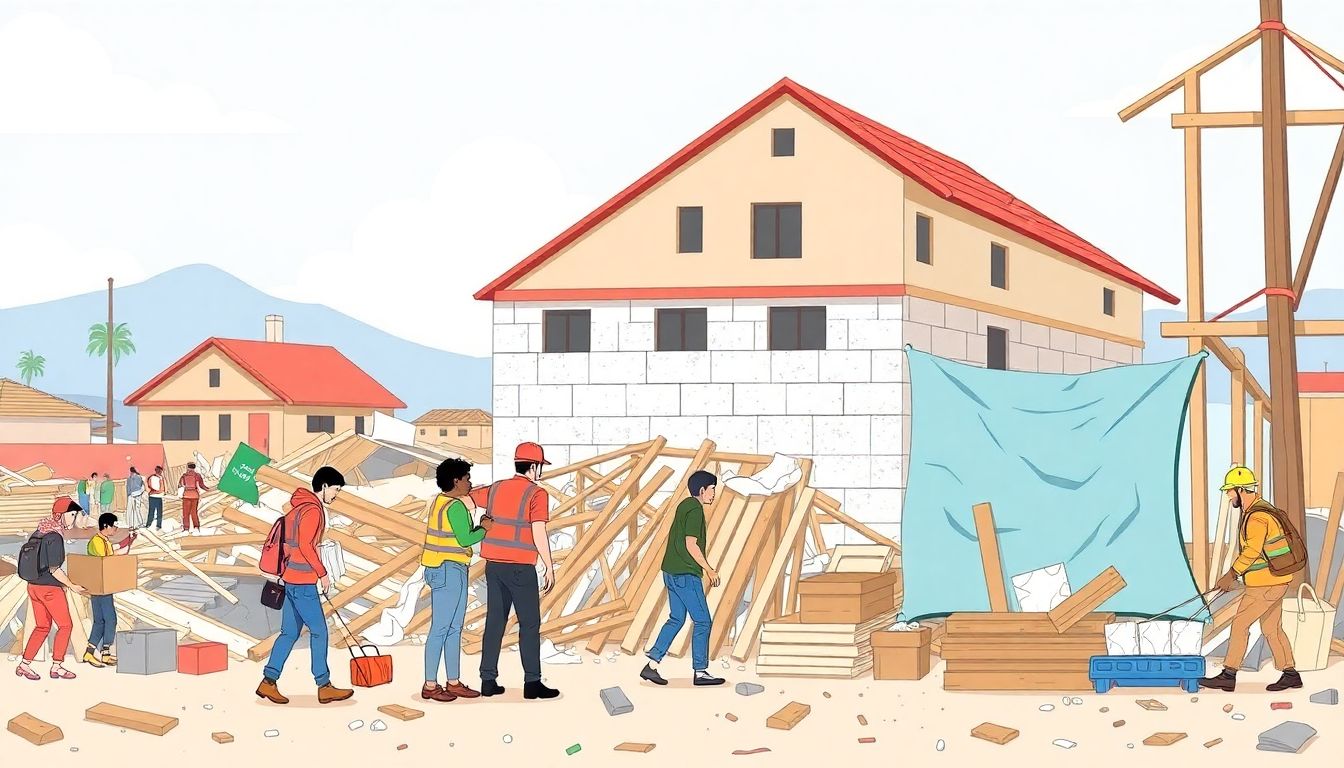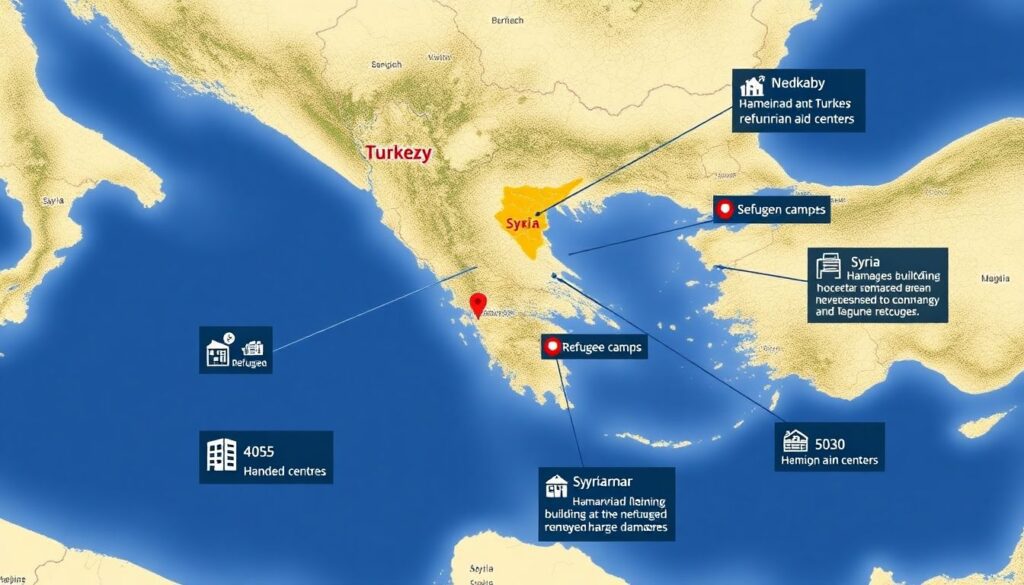Welcome to our in-depth exploration of the 2023 Turkey-Syria Earthquake. This article aims to provide a comprehensive overview, discuss the impact, highlight the response and recovery efforts, and guide you on how to help. Let’s dive into the details with a blend of information and engaging insights.
Exploring the Devastation and the Path to Recovery
Imagine a map sprawled out before you, not just any map, but a living document of resilience and response. The eye is immediately drawn to the vivid icons scattered across Turkey and Syria, each a silent testimony to the Earth’s might and human determination. The epicenters of the earthquakes are marked with stark precision, a sobering reminder of the natural forces that have shaped this region’s recent history.
Now, observe the icons representing damaged buildings, each a symbol of a community’s heartache and a call to action. They are not merely marks on a map, but stories of lives disrupted, homes lost, and dreams suspended. Yet, amidst this stark reality, hope persists in the form of humanitarian aid centers, dotted strategically across the affected areas. These icons are beacons of hope, signifying the global outpouring of support and solidarity.
Complete the image with the refugee camps, temporary homes to the displaced. These icons are a poignant reminder of the ongoing journey towards recovery and rebuilding. The map, in its entirety, is not just a geographical representation, but a narrative of the human spirit’s endurance, a testament to the global community’s capacity for compassion and unity in the face of adversity.

Overview
The 2023 Turkey-Syria Earthquake struck on February 6, 2023, leaving a trail of devastation in its wake. The timeline of events unfolded rapidly, with the first tremors felt at 04:17 local time (01:17 GMT). The initial quake, measuring a staggering 7.8 magnitude on the Richter scale, had its epicenter in the Pazarcık district of Kahramanmaraş province in southeastern Turkey, near the Syria border.
The earthquake was followed by a series of powerful aftershocks, including a significant 7.5 magnitude quake that struck around nine hours later. These aftershocks compounded the destruction and hampered rescue efforts. The seismic activity was felt as far away as Lebanon, Cyprus, and Iraq, highlighting the immense power of the event.
The initial impact on the regions affected was catastrophic. In Turkey, the provinces of Kahramanmaraş, Gaziantep, and Hatay were among the hardest hit. Buildings collapsed, trapping thousands under the rubble. The earthquake also caused significant damage to infrastructure, including roads, bridges, and communication networks, making rescue and relief efforts extremely challenging.
Syria, already grappling with a decade-long civil war, faced an even more dire situation. The northern regions, including Aleppo and Idlib, bore the brunt of the earthquake’s fury. The impact was exacerbated by the already fragile infrastructure and limited resources available for rescue and recovery. The humanitarian crisis deepened as thousands were left homeless, injured, or missing. The international community swiftly responded with aid and support, but the scale of the disaster presented an overwhelming challenge for both countries.

Impact
The February 6, 2023 earthquakes that struck near the Turkey-Syria border have left a catastrophic impact on the infrastructure of both countries. The magnitude 7.8 and 7.5 quakes, followed by numerous aftershocks, have caused widespread devastation. As of now, more than 11,000 buildings have been destroyed in Turkey, according to the country’s disaster management agency. In Syria, the infrastructure damage is also severe, with hundreds of buildings reduced to rubble. Major landmarks and critical infrastructure such as hospitals, schools, and historic sites have not been spared. The city of Antakya, Turkey, once a bustling tourist hub, has been virtually flattened, with rescue teams still navigating through the piles of concrete and steel. Roads, bridges, and power lines have been severely damaged, making access to affected areas and rescue operations incredibly challenging.
The humanitarian crisis unfolding in the aftermath of the earthquakes is monumental. The confirmed death toll has surpassed 50,000 people and continues to rise as rescue efforts persist. The World Health Organization (WHO) has warned that up to 26 million people could be affected in the broader crisis region. Harrowing stories have emerged, such as that of a Syrian father who lost seven children when their home collapsed. In Turkey, a heartbreaking video circulated of a little girl being pulled from the rubble, only to learn later that her entire immediate family perished. Survivors grapple with the trauma, cold, and hunger, as essential services remain disrupted. Hospitals, already overwhelmed with the injured, face shortages of medical supplies and personnel. The United Nations estimates that at least 5.3 million people in Syria may be left homeless, worsening the existing refugee crisis in the war-torn country.
The socio-economic situation in both countries is dire and will likely regress further due to the disaster.
- In Turkey, the economic impact is projected to be substantial, with preliminary estimates suggesting losses of up to $20 billion. Businesses have been disrupted, factories damaged, and supply chains severed.
- In Syria, where over 90% of the population already lived in poverty, the earthquake has exacerbated an already desperate situation. The decadelong civil war had crippled the economy, and now the quake has paralyzed what little economic activity remained.
- Food and fuel prices, already soaring due to the conflict and global inflation, are expected to skyrocket further.
In the face of this adversity, international aid has begun to pour in, but the scale of the disaster poses significant challenges to relief efforts.
- More than 95 countries have offered assistance, with search and rescue teams, medical aid, food, and winter supplies being sent to the region.
- However, the delivery of aid to Syria has been hampered by the ongoing conflict and political tensions. The UN’s appeal for $397 million to fund its initial response plan is less than 30% funded, highlighting the urgent need for international support.
- As the world watches and offers support, it is clear that the path to recovery for both Turkey and Syria will be long and arduous, requiring sustained global attention and assistance.

Response & Recovery
In the wake of the devastating event, a wave of response and recovery efforts was swiftly set into motion by a constellation of local and international organizations. The Red Cross, along with other prominent NGOs, swiftly deployed teams to assess the damage and provide immediate relief. The United Nations activated its emergency response mechanisms, mobilizing resources and personnel to support the affected regions.
However, the journey towards recovery was fraught with challenges. Infrastructure damage posed a significant hurdle, hindering the efficient distribution of aid. Additionally, communication breakdowns and limited access to remote areas further exacerbated the situation. To combat these obstacles, organizations employed several strategies:
- Establishment of temporary communication networks
- Deployment of mobile health units
- Use of drones for aerial assessments and supply delivery
As the initial response efforts transitioned into long-term recovery, progress in rebuilding affected areas became evident. Within the first six months, notable achievements included:
- Restoration of power and water supply to 80% of the affected regions
- Reconstruction of critical infrastructure such as schools and hospitals
- Implementation of cash-for-work programs to stimulate local economies
Despite the commendable progress, it is crucial to acknowledge that recovery is an ongoing process. The focus has now shifted towards sustainable redevelopment and community resilience building. Organizations are working diligently to ensure that the reconstructed areas are better equipped to withstand future disasters, all while fostering economic growth and social development.

How to Help
Supporting recovery efforts effectively requires a combination of financial contributions, volunteer work, and strategic resource allocation. Here are some practical tips and resources to help individuals and organizations make a meaningful impact:
Cash donations are often the most effective way to support recovery efforts. They allow organizations to allocate funds where they are most needed, supporting immediate needs while also facilitating long-term recovery. To ensure your donation makes the greatest impact, consider giving to established, reputable organizations with a proven track record in disaster response. Here are some resources to guide your donation decision:
- Charity Navigator, which evaluates charities based on their financial health, accountability, and transparency.
- GlobalGiving, which connects donors with community-led disaster recovery projects around the world.
Volunteering your time and skills can also play a crucial role in recovery efforts. However, it’s important to affiliate with reputable organizations and follow official guidelines to ensure your help is truly beneficial. Here are some steps to become an effective volunteer:
- Register with a reputable volunteer organization, such as the American Red Cross or VolunteerMatch.
- Wait for official instructions and deployments before traveling to affected areas.
- Be patient and flexible, as recovery efforts can take months or even years.
In addition to cash donations and volunteering, there are other ways to contribute effectively to recovery efforts:
- Donate goods and services, but only if they are specifically requested by organizations working on the ground.
- Organize fundraising events or campaigns to raise awareness and collect donations for recovery efforts.
- Advocate for policy changes that support disaster preparedness and recovery.
- Provide emotional support and care to those affected by disasters, including friends, family, and community members.
FAQ
What are the long-term effects of the earthquake on the region?
How can I donate effectively to support the recovery efforts?
- Choose reputable organizations with a proven track record in disaster response.
- Opt for cash donations over material goods.
- Consider long-term support in addition to immediate relief.









